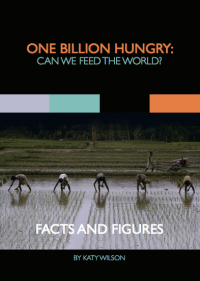A long-standing need to genetically enhance the nutritional value of cereal grains such as maize, led to the development of quality protein maize (QPM), a process which began in the 1960s. Maize is a significant food source for much of the developing world. Indeed in 12 developing countries, it makes up over 30% of total dietary protein.
In 1985 CIMMYT began a QPM hybrid breeding initiative. The aim to breed for a naturally-occurring mutant maize gene that increases levels of lysine and tryptophan, two amino acids necessary for protein synthesis. The development of an enzyme-linked immunosorbent assay (ELISA) in the 1990s aided the speed with which to measure levels of lysine, which was previously both slow and costly.
Due to progress made by researchers on QPM and the apparent benefits for human nutrition, there has been a renewal of interest in QPM R&D and since the mid 1990s, QPM has been tested at research stations all over the world (at a rate of around 600 to 1000 hybrid combinations of maize per year). [Read more…]








